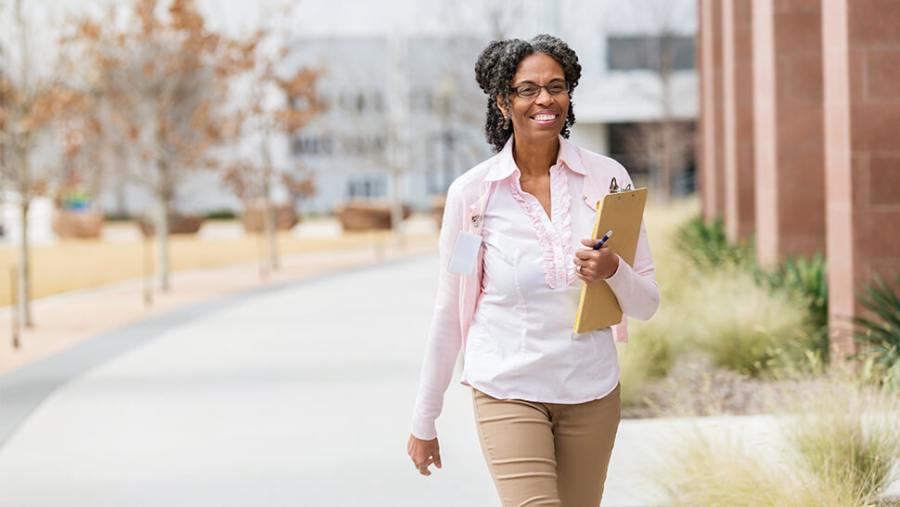

The UK is preparing to return to the workplace. The circumstances may now be different but the core obligation to ensure “so far as is reasonably practicable the health, safety and welfare of employees and the safety of non-employees” remains, as does the obligation to risk assess and implement relevant control measures where the risk concerned cannot be mitigated.
The Government has produced guidance (here) to help ensure that protective measures in education and childcare settings can be taken. Of course, unlike other sectors such as leisure and retail, education and childcare settings have been open to priority groups throughout the lockdown period.
The guidance supplements existing health and safety duties and previous guidance for settings on Covid-19. Providers have a legal responsibility to protect workers and others from risk to their health and safety.
The following is current as at 14 May 2020 and is subject to change.
Do you need to carry out a specific Covid-19 risk assessment?
Every setting is to carry out a risk assessment directly addressing risks associated with Covid-19 and operating your school and childcare setting safely.
Health and safety compliance checks are to be undertaken before opening.
The focus within settings is to:
- avoid contact with anyone with symptoms,
- ensure frequent hand cleaning and hand sanitiser being made available; and
- ensure that good hygiene practices are maintained.
Remember: the Government guidance supplements existing health and safety duties and previous guidance for settings on Covid-19. You still have a legal responsibility to protect workers and others from risk to their health and safety and revising your already existing risk assessments is one way of demonstrating this.
Do we need to publish the Covid-19 risk assessment?
The Government expects that business with more than 50 employees will publish the Covid-19 risk assessment on their website.
Please note: there is no requirement to publish any of your existing risk assessments that do not directly address risks associated with Covid-19.
Who should we consult about our risk assessment?
You are encouraged to engage with your staff members/staff representatives in order to communicate effectively and agree any changes in the work environment.
By engaging and communicating in this way you may be able to mitigate away any potential for claims later down the road.
Ultimately, it is the school and its governing body that carry the responsibility for ensuring, so far as is reasonably practicable, the health and wellbeing of their staff, pupils, and others on site, including visitors. Therefore, decisions may have to be made that cannot appease everyone (and if that is the case the reasons for any divergence ought to be recorded).
What should we tell parents?
Parents will be anxious that matters are being implemented to ensure that you can operate safely.
You are encouraged to share the headlines of your agreed plans for operating safety with parents as it is inevitable that their engagement will be critical to the success of the mitigation measures that you put in place.
It is clear from the Government guidance (headed ‘initial planning framework for schools in England’ issued on 12 May, which may be accessed here), that part of your key action list should cover arrangements for parents’ drop-off and pick-up that minimise adult to adult contact.
Keeping parents in the loop on such decisions is paramount.
Do we need face masks?
This is an obvious area for concern.
Currently the Government does not recommend wearing a face covering or face mask in schools or other education settings.
It is considered by the Government that the majority of staff in education settings will not require PPE beyond what they would normally need for their work, even if they are not always able to maintain a distance of 2m from others.
The exception to this is where a child becomes unwell with symptoms of coronavirus while in their setting and needs direct personal care until they can return home.
Given this we would recommend the following:
- There needs to be regular cleaning of settings and surfaces more than usual (particularly those being touched such as toys, books, desks, chairs, doors etc) and equipment/shared spaces particularly ahead of use by a different group of children.
- Contact and mixing should be minimised by, for example:
- using outdoor space
- altering classroom layout with desks spaced 2m apart
- altering timetables such as staggered breaks/lunches/drop off and collection
- small, consistent groups of pupils (no more than 15 at the time of writing) and for pupils to remain in those groups at all times during the day, and that small group stays away from other people and groups.
It is recognised, though, that young children cannot be expected to remain 2m apart from each other and staff.
The Government suggests that shared spaces such as halls and dining areas are to be used at half capacity – designated groups can be staggered in these areas.
Can we learn from our Continental counterparts?
Of course we expect the Government to be looking at this. We may be able to learn from the experiences in Denmark and Germany who have implemented the following:
- Smaller groups of students so social distancing can be maximised
- Groups maintained for duration of the day
- Regular breaks for hand-washing
- In Germany, face masks in communal areas in line with the national plan but in Denmark the lack of personal protection hasn’t been an issue, because the medical advice has focused on the strategy of keeping pupils distanced, in isolated groups, and a strong emphasis on hygiene
- A collective approach to re-opening between teachers’ unions, local authorities and government in Denmark.
We appreciate that this entails a significant amount of work for schools, but it is essential to keep staff, pupils and others, safe. If you have any queries, please get in touch.










